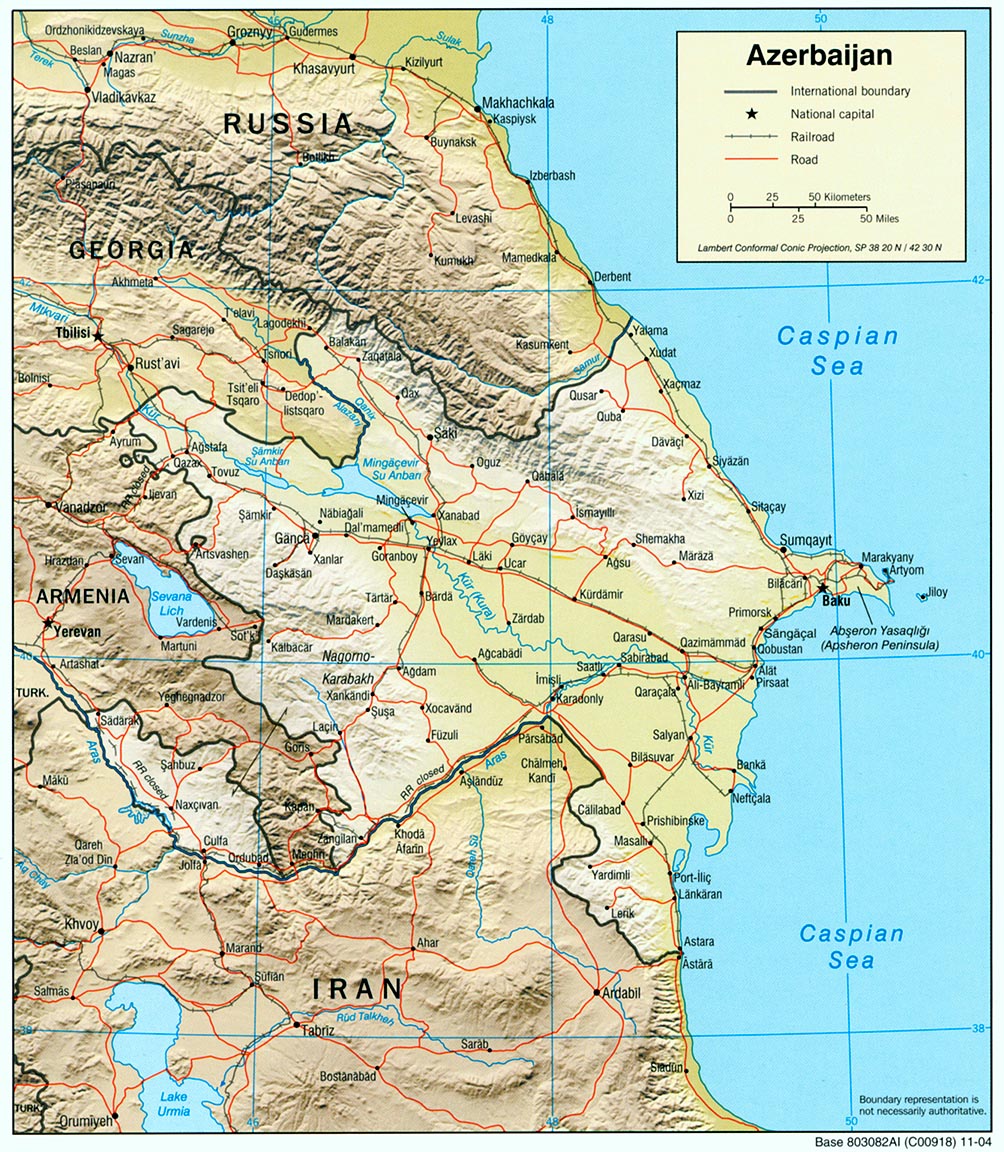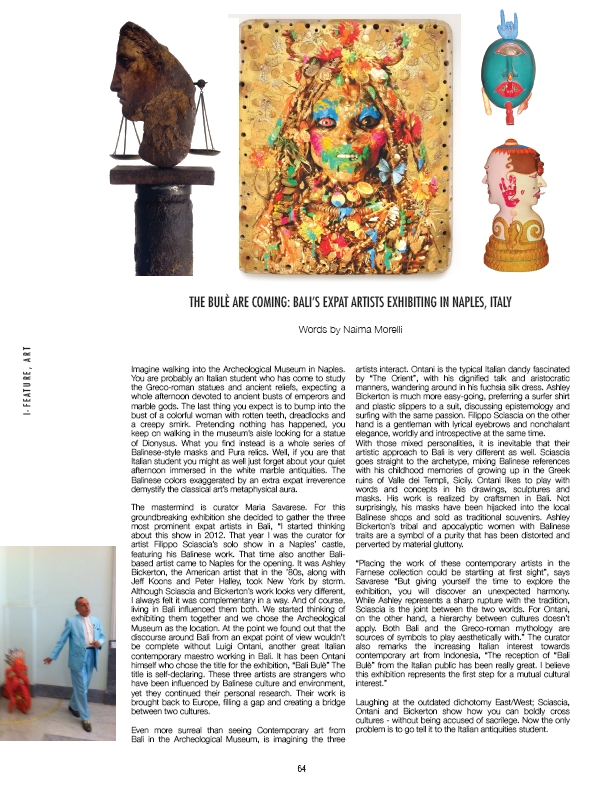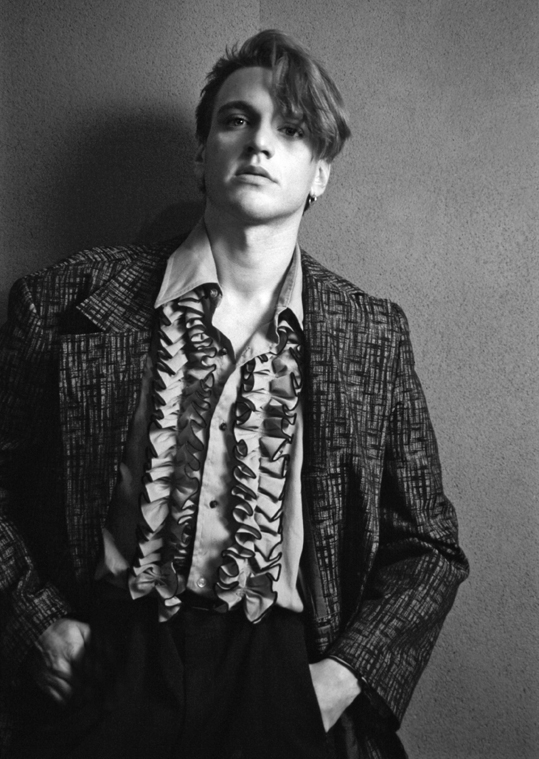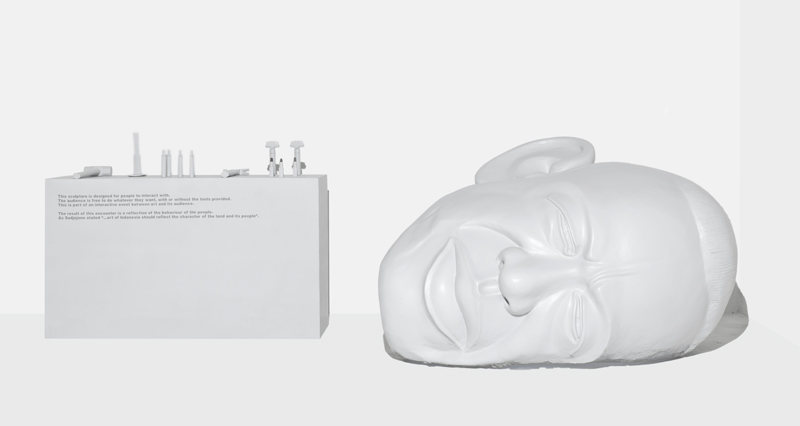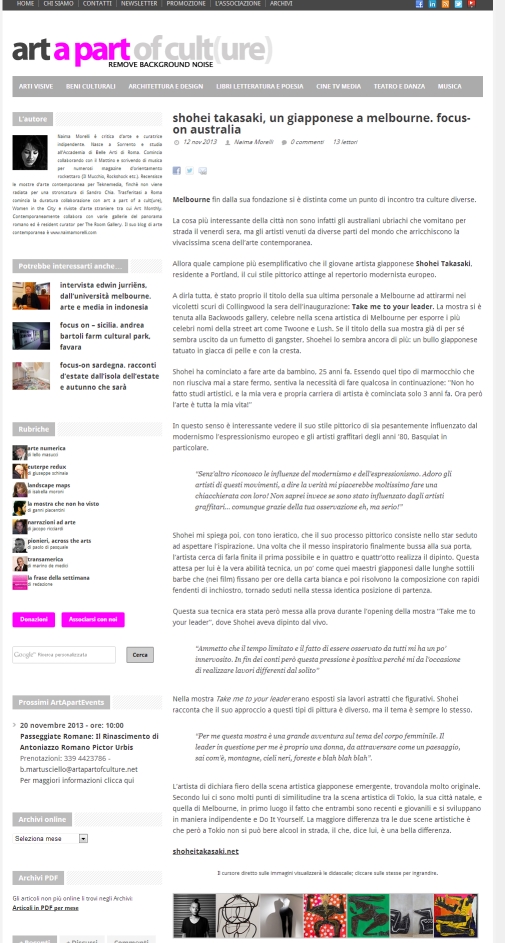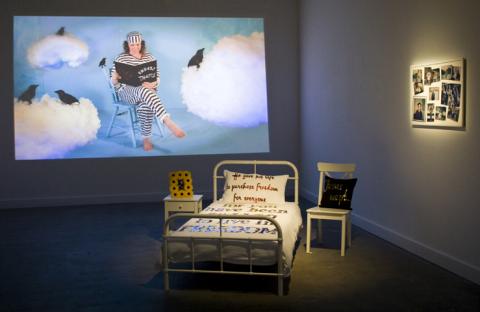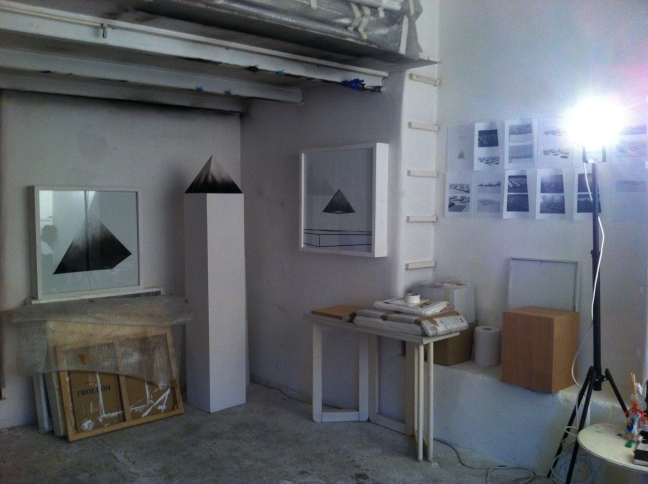
I recently visited the studio of artist Alessandro Cannistrà in San Lorenzo.
It consisted in a white, neat room, pretty bare, except for some books, stucked in an arch in the wall over the door, and a black sofa with some black hats on it.
“This is an original gaucho hat.” he said grabbing a wide-brimmed leather hat on top of the stack “I bought it in Argentina, during my artist residency in Buenos Aires”.
Alessandro has travelled quite a bit lately and he recently relocated in Rome. His work keep on travelling internationally through exhibition and fairs, that’s why his studio was almost empty at the moment.
My attention was attracted by some 3D reconstructions that were pinpointed on the wall.
“Is that what are you working on at the moment?” I asked
Alessandro explained me that he was working on these pyramids for his new solo exhibition at Toselli Gallery, in Milan, curated by Luca Tomìo. The title was “Oggetto di Pensiero”, namely “Object of thinking”, and will open on March 28.

